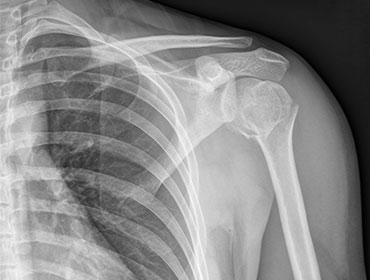Shoulder Fracture Dislocation
Grade III dislocations can be treated conservatively, but surgery may be required in some cases. In a Grade III dislocation, the need for stabilisation surgery is determined by the severity of the symptoms and, more importantly, the patient's expectations. Athletes and above workers frequently require surgery. Grade IV–VI injuries frequently necessitate surgery to restore shoulder function, particularly when the arm is raised to or above shoulder height.
The shoulder is one of the easiest joints to dislocate, or "pop out of the socket," since it is so mobile. A twisting action, violent pulling of the arm, or a fall or direct hit to the shoulder are the most common causes of shoulder dislocations.
There are several ligaments (which connect bone to bone) and tendons in the shoulder joint (which connect muscles to bone). These ligaments and tendons can be damaged when the joint is displaced. Parts of the humeral head or glenoid might be broken in some circumstances. Fractures of the humeral head, greater tuberosity, and glenoid margin are the most common fractures associated with a shoulder dislocation.

